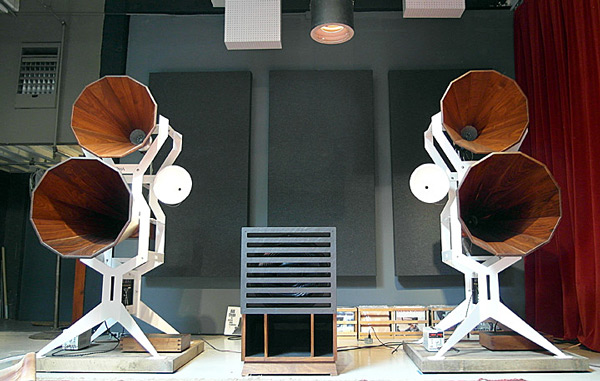byakuya83 said:
Having read so much recently about active speakers producing a more accurate sound why do some hifi enthusiasts continue to purchase/use passive speakers? I was thinking about buying some myself, having had little success tracking down the active speakers I wanted to buy originally. However, I am apprehensive about buying passive as so many now consider them less accurate and an inferior product. Should I be concerned?
I would not be concerned.
I have passive speakers, as they sound very good. I would not buy an 'active' speaker because it was active, it would have to be that it sounded good. I dont think you should pigeon hole speakers into being good/bad because they are active or not.
As with all things, and its been mentioned before, that you will get both very good and very bad implementations of both types of speaker.
My current speaker happens to be passive speakers, this is not because they are passive but they sound great, and there is not an active or passive model that would be better value. As it happens, my amp costs around 8 times more than the speakers, just to factor that in.




